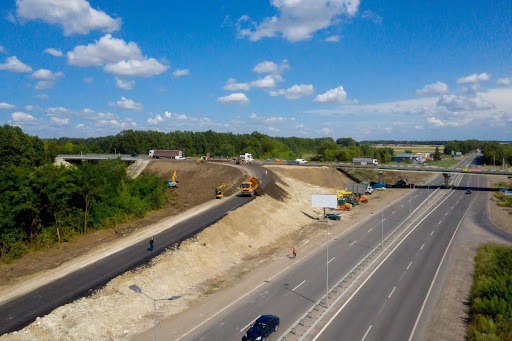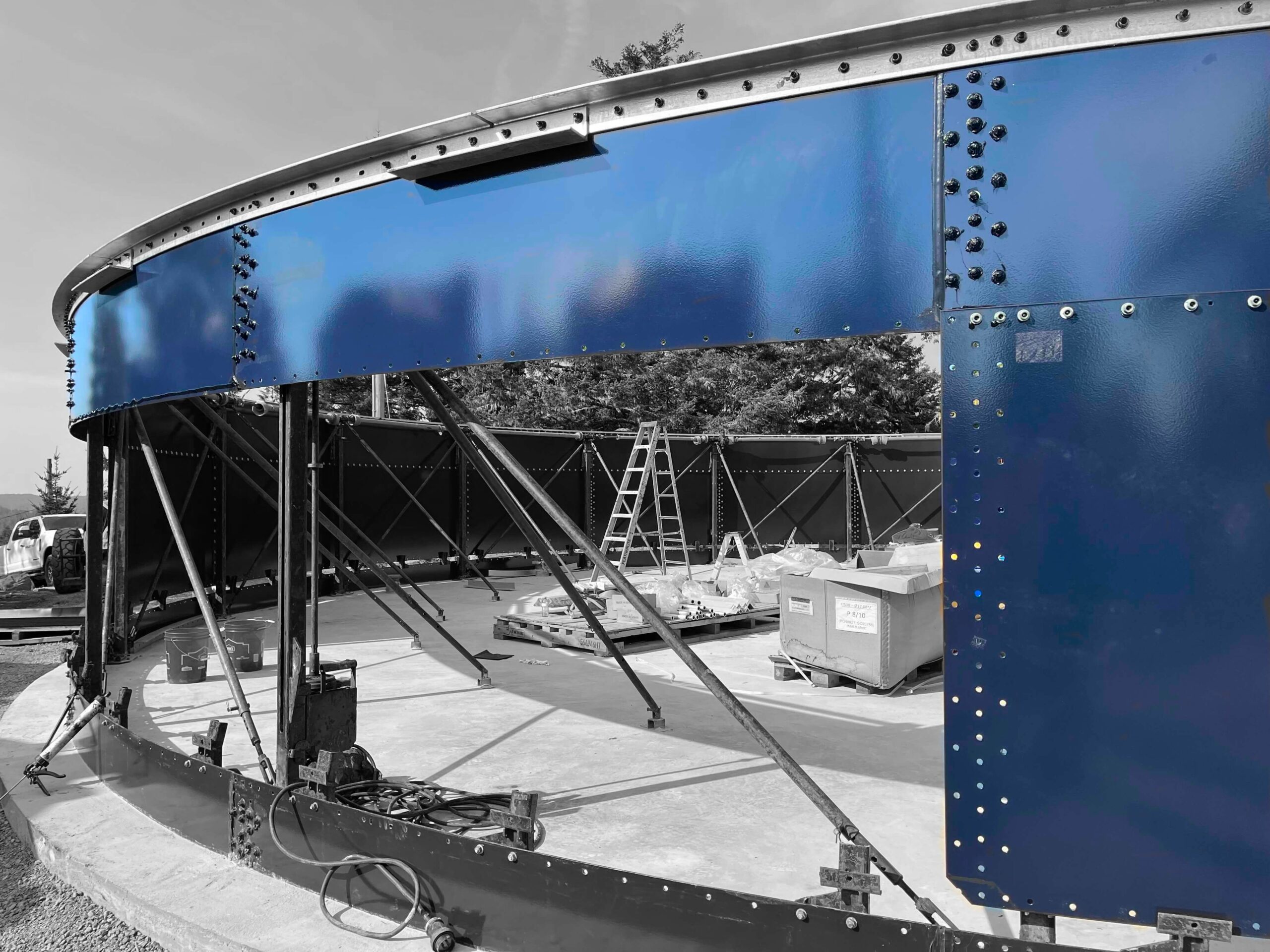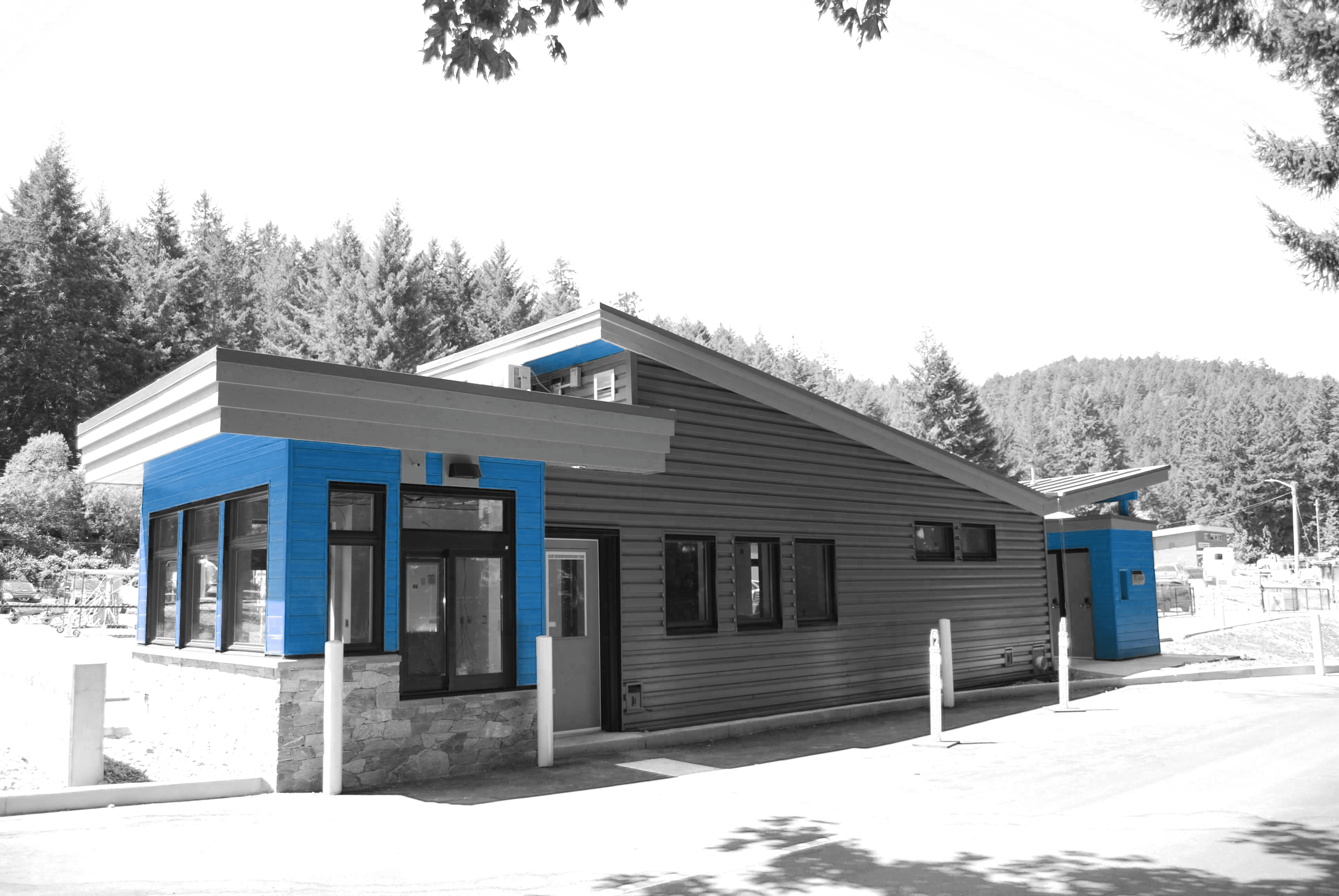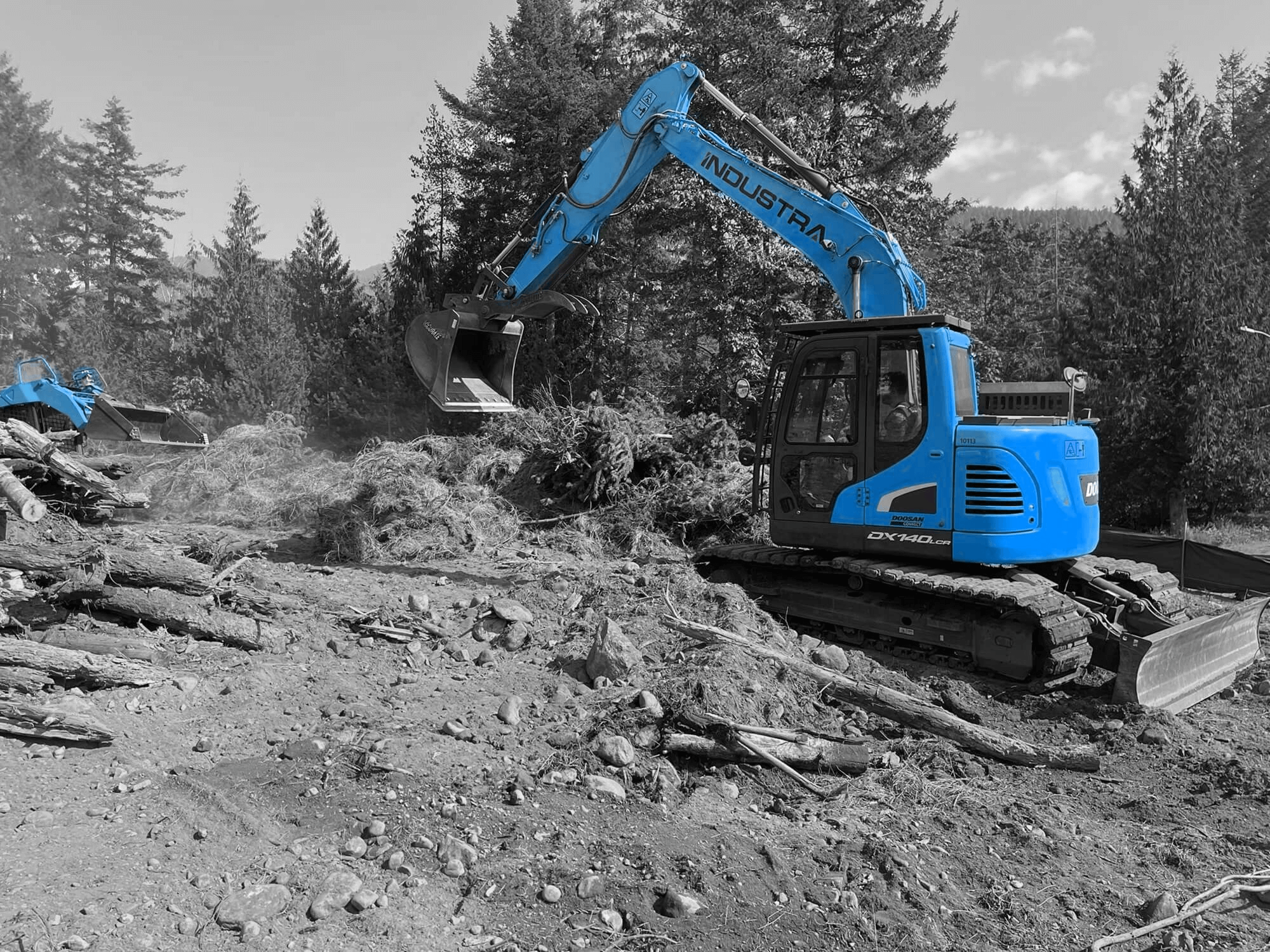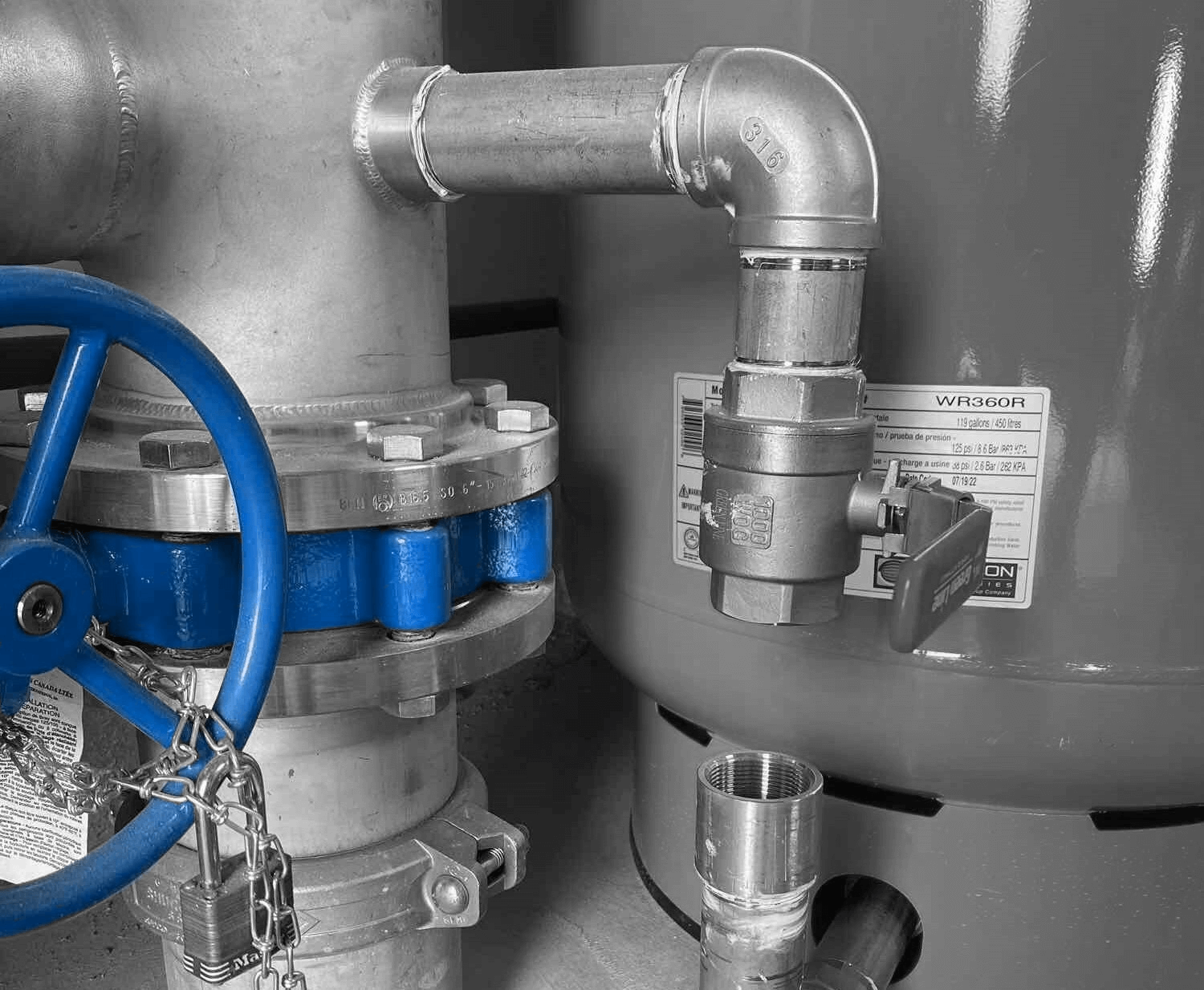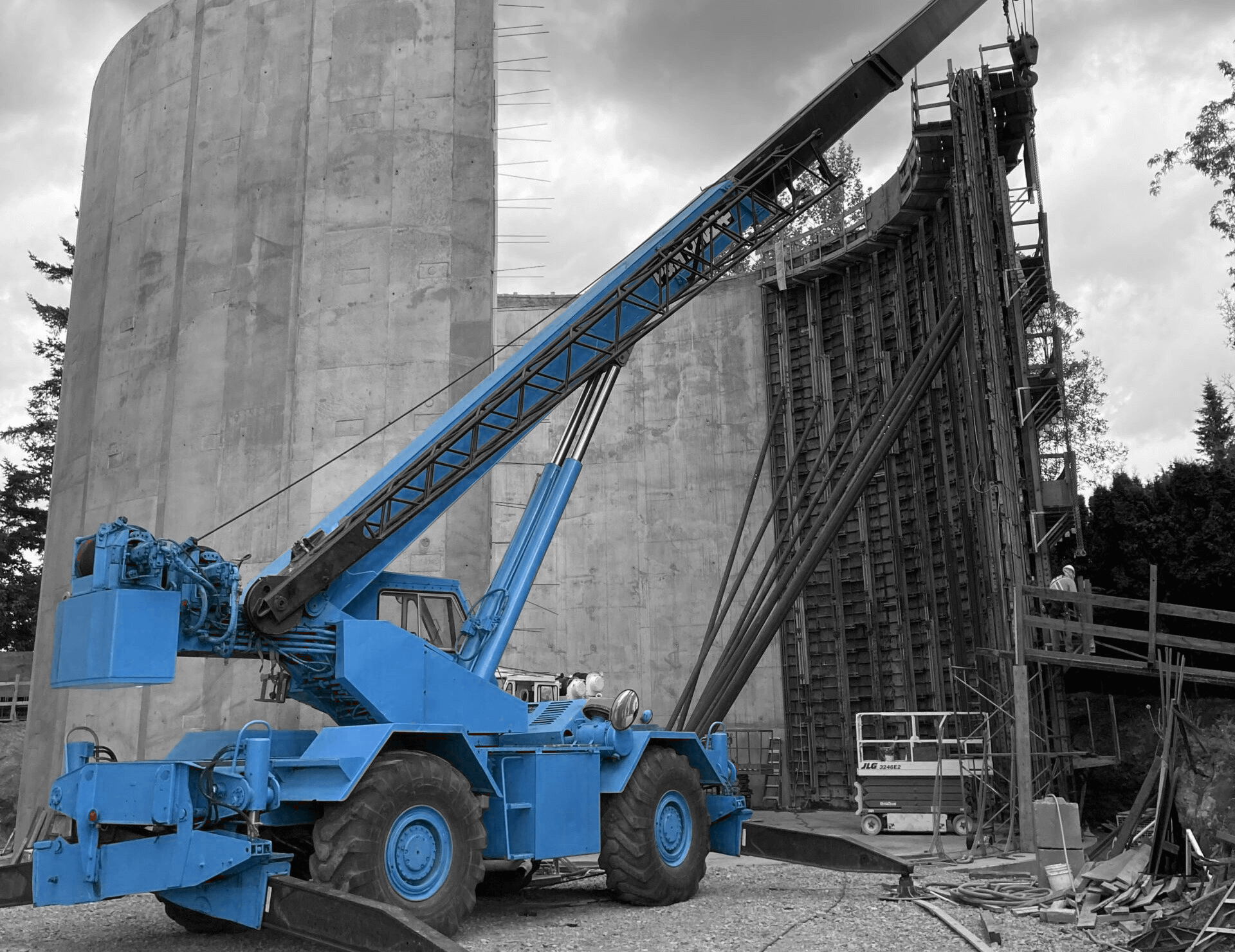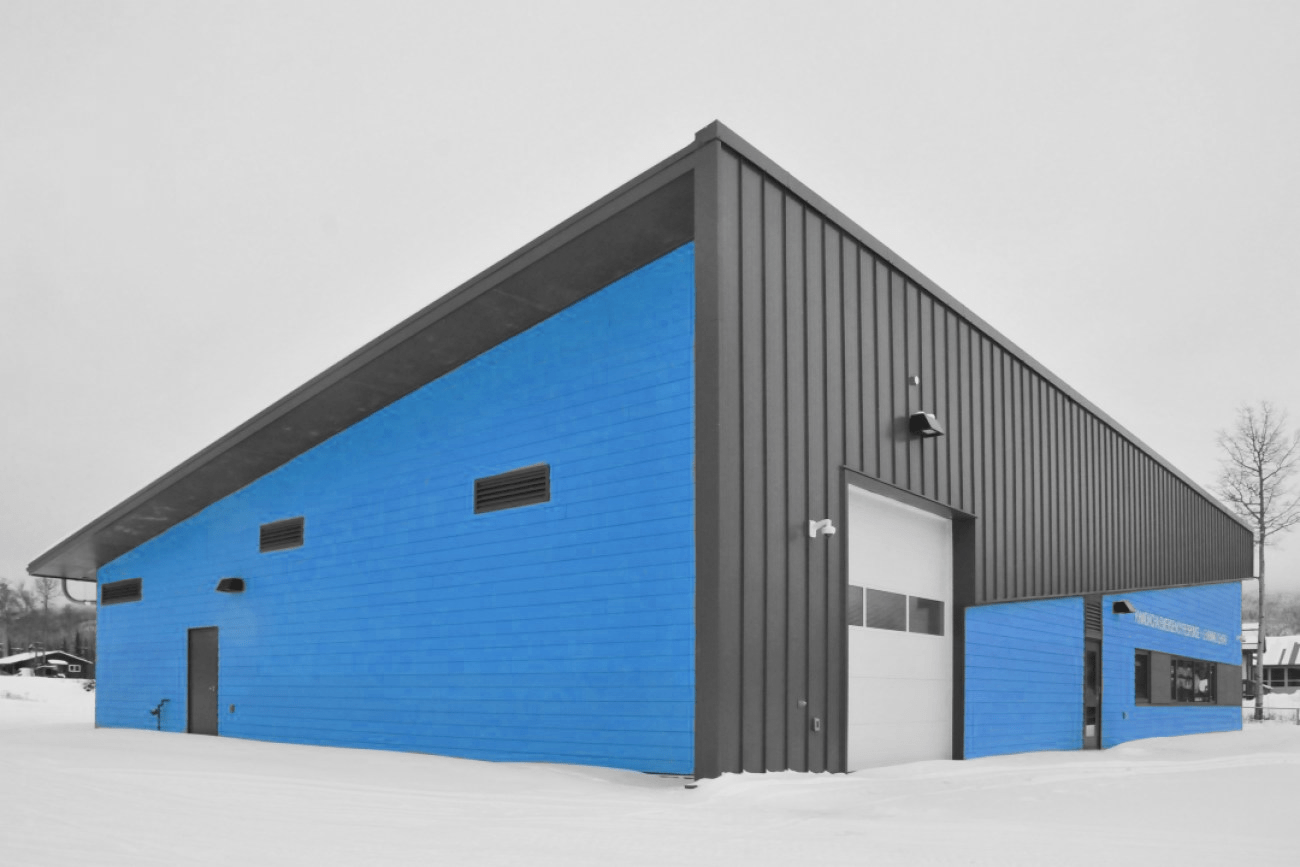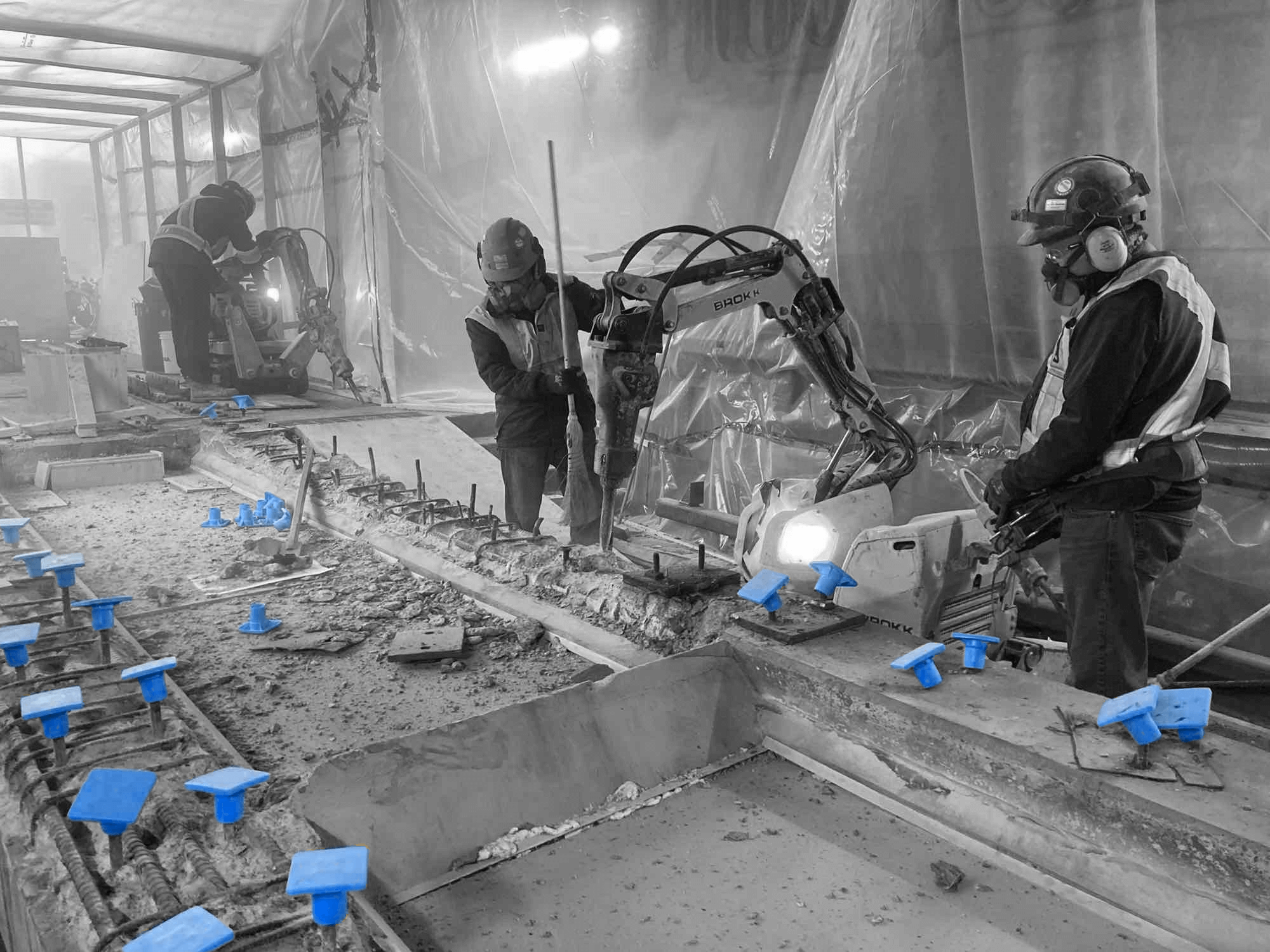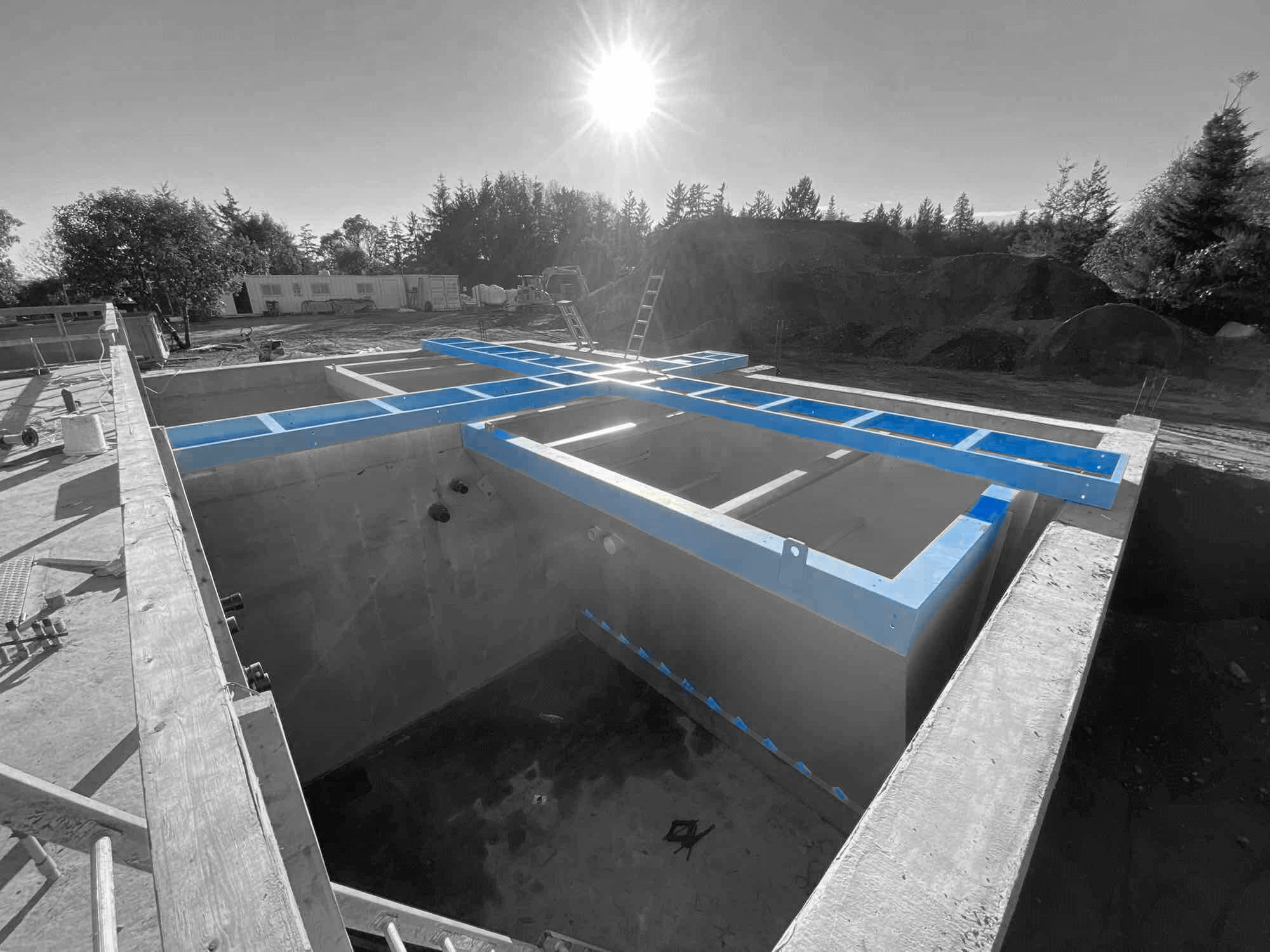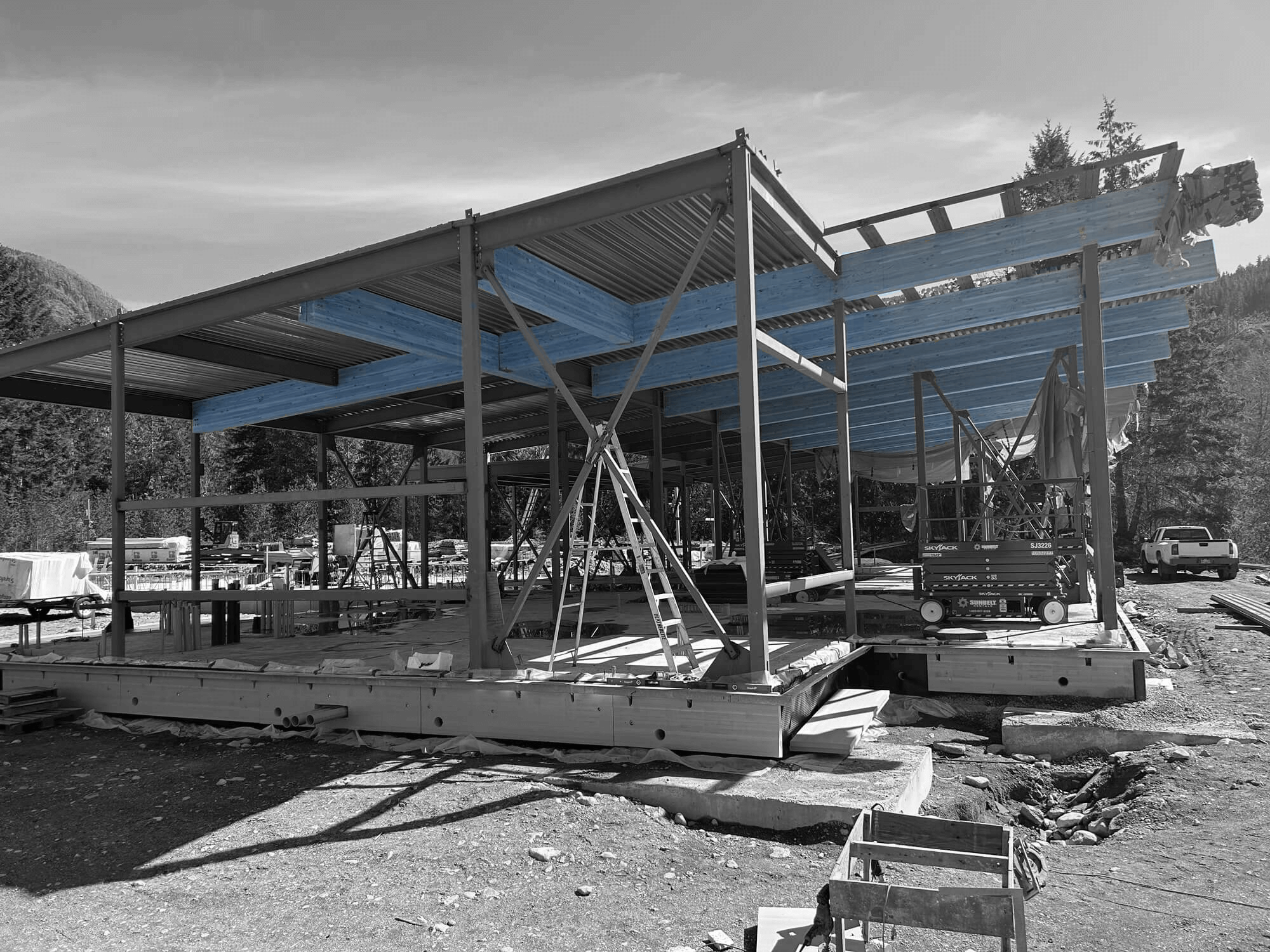Highways are the lifelines of modern transportation, connecting cities and towns and enabling the movement of people and goods. Ensuring these roads are safe is crucial for preventing accidents and maintaining smooth traffic flow. The EPC (Engineering, Procurement, and Construction) design-build method offers a comprehensive approach to highway construction that prioritizes safety and efficiency.
EPC design-build brings together all aspects of a project under one umbrella, ensuring seamless collaboration between engineers, contractors, and other stakeholders. This integrated approach helps in identifying potential safety issues early in the design phase, allowing for proactive solutions. By consolidating responsibilities, the process reduces delays and optimizes resource use, resulting in safer highways.
Adopting EPC design-build in highway construction projects is more than just a trend; it’s a necessity for future-ready infrastructure. As we strive to keep traffic moving and communities connected, using innovative and efficient construction methods is key to achieving sustainable and safe road networks.
Understanding EPC Design-Build for Highway Safety
EPC design-build is a project delivery system that merges engineering, procurement, and construction into one streamlined process. When applied to highway projects, it brings many benefits that enhance road safety. The design-build approach ensures all parties work together from the project’s inception to its completion, fostering a collaborative environment where safety considerations remain front and centre.
The process begins with the engineering phase, where detailed planning identifies potential safety risks. This stage involves the use of advanced modelling and simulation tools to assess how design choices can impact safety outcomes. By integrating design considerations early, adjustments can be made to improve the overall safety of the highway.
Procurement is another area that benefits from EPC design-build. Managing the supply chain proactively ensures that materials meet safety standards and project timelines. Using high-quality materials contributes directly to the durability and safety of the highway surfaces and structures.
During construction, the EPC approach supports real-time communication among everyone involved. This rapid communication helps address safety issues as they arise and ensures compliance with safety regulations. By keeping a tight grip on every stage of the project, from planning to execution, EPC design-build delivers safer highways with fewer delays and fewer risks.
Key Benefits of EPC Design-Build in Highway Projects
The EPC design-build method offers several distinct advantages in highway construction, making roads safer and more efficient. These benefits stem from the integrated approach this method applies to managing complex projects.
1. Streamlined Communication: With all parties working under a single contract, communication is more straightforward and effective. This unity helps quickly resolve potential safety concerns and keeps the project moving smoothly.
2. Faster Project Delivery: Combining design, procurement, and construction phases reduces total project time. This efficiency minimizes the disruption of existing roads and decreases the chances for accidents during construction.
3. Cost Efficiency: Bringing engineering and construction together helps reduce costs by avoiding the need for expensive redesigns. Working within a set budget ensures quality materials, which are vital for safe highway construction.
4. Continuous Improvement: The feedback loop within design-build projects allows for ongoing improvements in safety protocols. Learning from each project enhances the methods and materials used in future highway construction.
EPC design-build empowers highway projects to meet high safety standards while remaining within budget and on schedule. It provides a cohesive framework that not only ensures quality and compliance but also brings innovative solutions to everyday construction challenges. This approach aligns with the growing need for safer, more reliable highways across Canada.
Innovative Safety Features in Highway Design
Designing safer highways involves integrating advanced safety features that protect drivers and pedestrians alike. As technology evolves, new innovations continually emerge to enhance highway safety through creative design.
1. Intelligent Transportation Systems (ITS): These systems use technology like sensors and communication networks to manage traffic flow and reduce congestion. ITS can detect accidents or hazards and quickly alert drivers, preventing further incidents.
2. Barrier Systems: Modern highways often include barriers designed to absorb impact and reduce the severity of crashes. Flexible and modular barriers adapt to various road conditions and provide a critical safety net.
3. Smart Signage and Lighting: LED signs and streetlights with sensors adjust brightness and display warnings, improving visibility and communication with drivers. This smart technology reacts to real-time conditions, ensuring safety during fog or heavy rain.
4. Pedestrian Bridges and Tunnels: Separating pedestrian pathways from road traffic reduces accidents and ensures safe crossings in high-traffic areas.
These innovations form part of a strategic safety plan in EPC design-build projects. By implementing these features, highways can better protect users, reduce accident rates, and improve the overall traffic experience.
Future Directions in Safe Highway Construction
Highway safety will continue to evolve as new technologies and methods become available. The future of highway construction looks promising, with several trends leading the way toward safer and more efficient roads.
One of the most exciting prospects is the development of autonomous vehicle infrastructure. Roads equipped with sensors and communication systems can guide self-driving cars, reducing human error and increasing safety. This infrastructure will require significant innovation in highway design.
Another promising direction is the use of sustainable materials in construction. Materials like recycled asphalt and rubber reduce environmental impact while maintaining high safety standards. These greener choices will become more prevalent as environmental concerns grow.
Integrating more renewable energy sources stands out as a forward-thinking approach. Solar panels incorporated into noise barriers and streetlights can power highway systems, offering an eco-friendly solution.
Active participation in these future trends will ensure that highway projects remain at the forefront of safety and sustainability. Keeping abreast of innovations and emerging technologies will shape the future of highways in Canada, driving progress in design and construction.
Conclusion
EPC design-build solutions are crucial in creating highways that meet the highest safety standards. By focusing on integrated strategies, these projects ensure comprehensive safety measures from the ground up. Highway design today incorporates intelligent systems, smart features, and sustainable practices to build roads that are safer and more efficient.
Today’s highways must address various safety and operational challenges. With continued research and commitment to innovation, the EPC design-build approach can overcome these challenges and deliver infrastructure that enhances mobility and safety. This proactive approach not only reflects advancements in technology but also a commitment to community well-being and environmental stewardship.
For those interested in exploring how their infrastructure projects can benefit from cutting-edge safety measures, Industra Construction Corp. offers unparalleled expertise in EPC design-build methods. Let’s work together to create highways that drive progress while safeguarding our communities. Contact our EPC contractors to learn how we can make your projects safer and more efficient.


